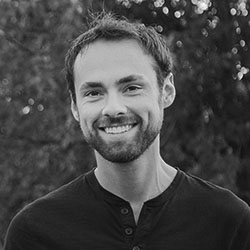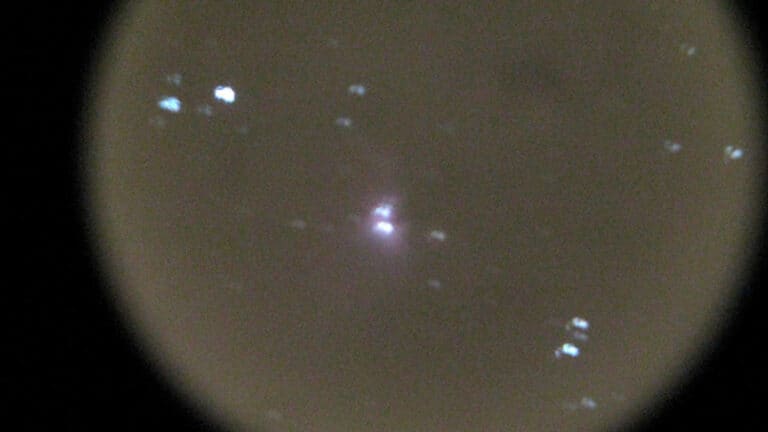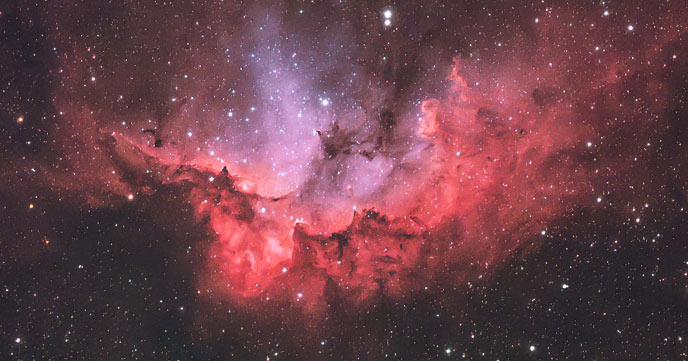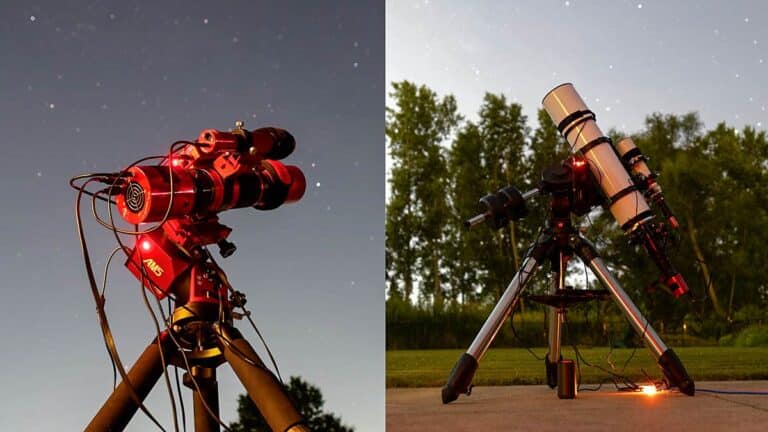Astrophotographer Captures 68 Hour-Long Exposure on a Single Target

Every amateur astrophotographer knows that the key to a sensational image is to capture as much exposure time on your target as possible.
Reddit user ColorsOfCosmos took that idea to the extreme by collecting a staggering 68 hours of total exposure time on Wolf-Rayet 134.
The resulting portrait of this cosmic bubble in Cygnus is one of the most detailed, and beautifully processed versions of this object I have ever seen.
If you’re guilty of switching targets a little too quickly (like me), this image is a reminder of what’s possible when you dedicate your efforts to a single project.
Close up of Wolf-Rayet 134 (WR 134) – 68 hours with 2 telescopes
byu/ColorsOfCosmos inastrophotography
Wolf-Rayet Stars
Discovered by astronomers Charles Wolf and Georges Rayet, a Wolf-Rayet (WR) star is in the advanced stages of stellar evolution. They are typically very hot and massive, with temperatures ranging between 30,000 to 200,000 Kelvin.
One of the defining features of a WR star is the high rate of mass loss caused by strong stellar winds that can reach speeds of thousands of kilometers per second.
There are two main types of Wolf-Rayet stars based on their spectral features: WN stars (dominated by nitrogen lines) and WC stars (dominated by carbon and oxygen lines).
I have captured several deep-sky objects that include Wolf-Rayet stars from my backyard in the past, including my own (much shorter) version of Wolf-Rayet 134.
Wolf-Rayet 134
Together with WR 137 and WR 135, WR 134 is a variable Wolf-Rayet star located in the constellation Cygnus. These were the first members of the star class that came to be known as Wolf-Rayet (WR) stars.
WR 134 is located approximately 6,000 light years away from Earth and is a member of the nitrogen sequence of WR stars.
You will notice that it is surrounded by a bubble-looking nebula, this is the result of intense radiation and high winds from the star.
If you haven’t tried photographing a Wolf-Rayet star with associated nebulae before, WR 134 is one of the most gratifying targets to go after.
Astrophotography Equipment Used
Reddit user ColorsOfCosmos mentions using two different telescopes to capture their image of Wolf-Rayet 134. By doubling your imaging systems, you can really maximize the amount of light you collect each night.
- Telescope #1: GSO 10″ Ritchey-Chretien Astrograph Telescope (OIII channel)
- Telescope #2: GSO 8″ Ritchey-Chretien Astrograph Telescope (remaining channels)
- Mounts: Losmandy G11 with OnStep Controller (x2)
- Cameras: ToupTek IMX571 (x2)
- Capture Software: CCDCiel + PHD2 on Orange Pi5
- Processing Software: PixInsight
It is refreshing to see some different equipment being used to create an amazing astrophoto. This is a completely different-looking deep-sky imaging kit than I am used to using in the backyard.
The use of dual Ritchey-Chretien astrographs certainly helped soak up the photons for this project, especially in that crucial OIII wavelength.
Once again, the amateur astrophotography community has inspired me to push the limits of my own efforts. My personal total integrated exposure time record is 20 hours!
Trevor Jones
Helpful Resources:
- Recommended Astrophotography Target: The Tulip Nebula in Cygnus
- Image Processing Software for Astrophotography: Which One is Best?
- Choosing an Astrophotography Telescope in 2024 (Top Choices)





That’s a beauty Trevor! Need to put that on my bucket list
It really is, Brian! I’ve never seen one with this level of detail before, and the colors are just right.
Alex Avarakin took that image. He is the most dedicated astrophotographer I have ever met. It is a goal that I strive to match.
Hey Trevor,
Thank you so much for recognizing my efforts on producing this image!
I am super lazy with processing the data, so the solution is very simple – just dwell on a target for as long as possible 🙂
Last year was pretty good in terms of number of clear nights in my area, so I was able to gather a lot of data.
I normally take many hours processing my images, but because I had very good data for this one, it took just one evening.
Alex
How many years did it take to get that collection of data? I’m not sure we have had that many hours of clear skies collectively in a year. Lol